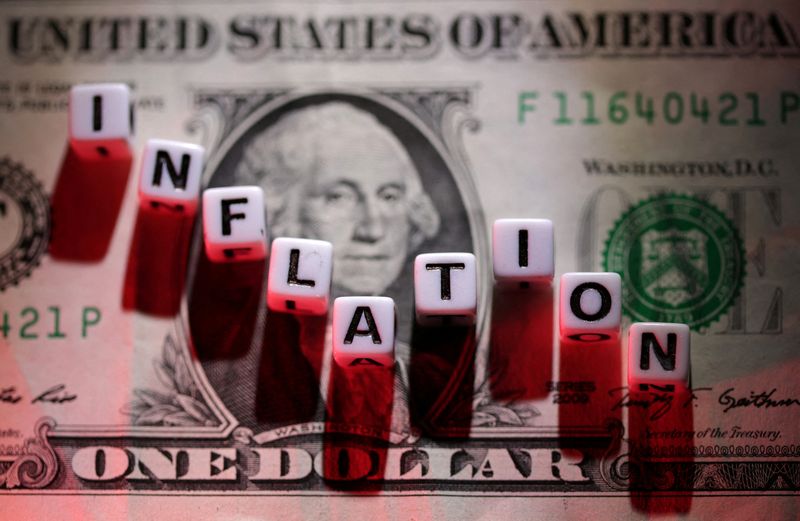The U.S. inflation rate slowed slightly on a yearly basis as expected in November, in a key release that will likely factor into how Federal Reserve officials see interest rates evolving next year.
Annual headline consumer price growth edged down to 3.1% last month, decelerating from 3.2% in October, according to data from the Bureau of Labor Statistics on Tuesday. Month-on-month, the reading inched up by 0.1%, as an uptick in shelter costs offset a decline in gas prices. Economists had forecast the measures at 3.1% and 0.0%, respectively.
The closely-watched “core” figure, which strips out volatile items like food and energy, rose by 4.0% annually, in line with the prior month. On a monthly basis, underlying price gains came in at 0.3%, a marginally faster pace than 0.2% in October. Both matched estimates.
The numbers may provide a glimpse into the impact of the Fed’s long-standing campaign of interest rate hikes on price growth in the world’s largest economy. Although some market observers are predicting that the central bank will begin to bring down borrowing costs early next year, Fed Chair Jerome Powell has stressed that officials will continue to move “carefully” as they search for proof that a recent period of elevated inflation has been quelled.
On Wednesday, the Fed will unveil its latest monetary policy decision. But with the central bank all but certain to keep interest rates at a more than two-decade high of 5.25% to 5.50%, attention will likely be firmly fixed on statements from Powell. The publication of the Fed’s quarterly “dot plot,” a gauge of where policymakers foresee rates in the future, will also be in focus.
“This report is not likely to change the Fed’s view that it has to wait a bit longer before starting to talk about cutting rates,” said Kathy Jones, Chief Fixed Income Strategist at Charles Schwab (NYSE:SCHW), in a post on social media platform X. “The direction of travel is good but still not at destination.”
Bets that the Fed will slash rates as soon as March next year are diminishing. Instead, markets are now pricing in a roughly 50% chance of a rate reduction in May, the CME FedWatch Tool showed.
Fueling expectations that the Fed will hold off on making an early rate cut was stronger-than-expected employment data last Friday, which pointed to lingering robustness in the labor market. While a boon for broader economic activity, a resilient jobs picture could apply upward pressure to wages and inflation, bolstering the case for the Fed to keep rates at their current heights for a longer period of time.



